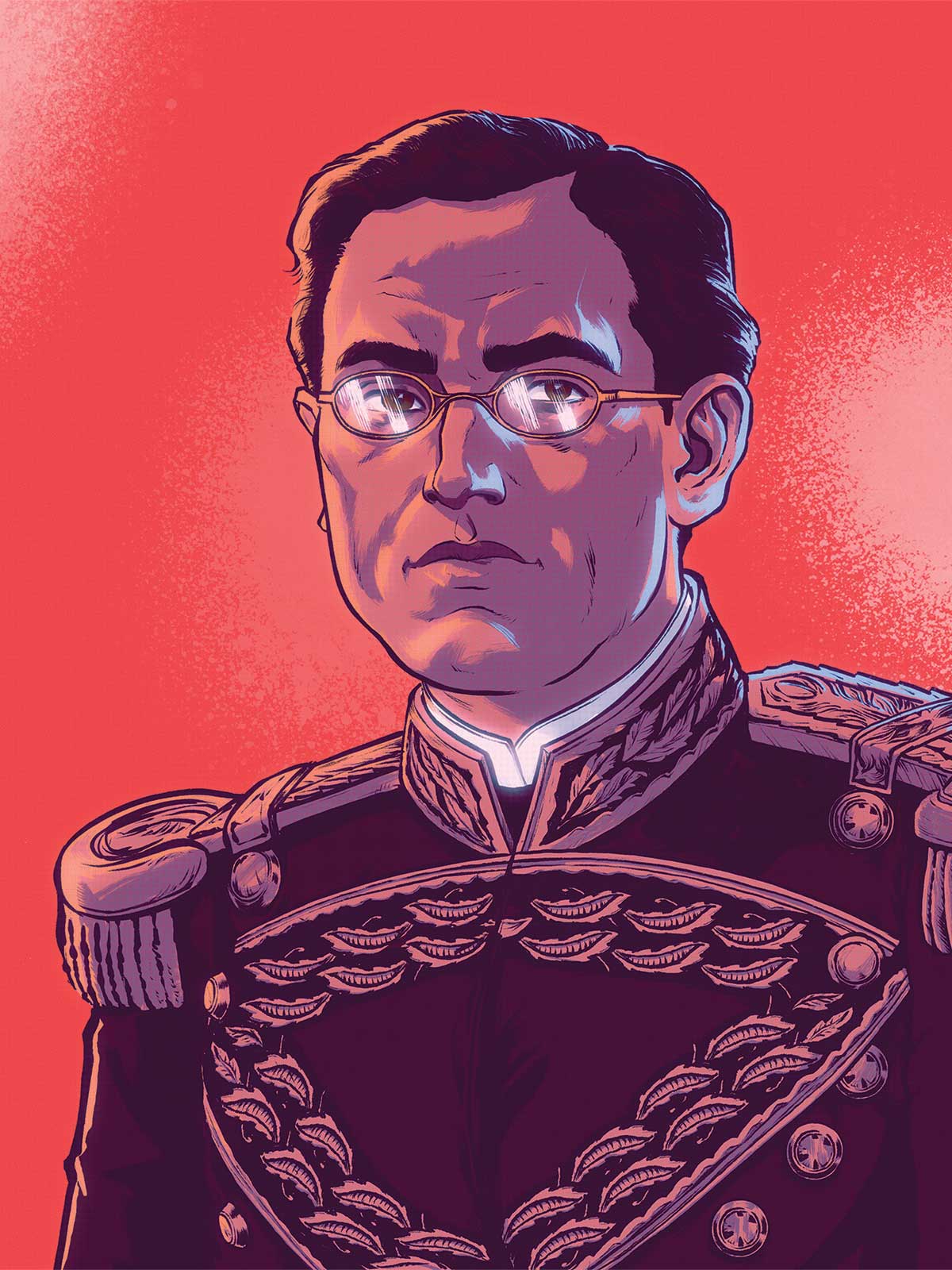I have long known that 19th-century Mexican general Ignacio Zaragoza Seguín was a Texan, but I didn’t know how deep his Texas roots went until I did some digging—pun intended. I learned that he was born in Goliad in 1829, when Texas was still part of Mexico. My research told me that his mother, María de Jesús Seguín, was from San Antonio and a cousin of Tejano hero Juan Seguín, who fought Gen. Antonio López de Santa Anna in the Texas Revolution and for whom the city of Seguin is named.
Zaragoza’s father owned 11 leagues, or just under 50,000 acres, along the Red River in Northeast Texas, according to the Texas General Land Office. He bought it for 100 pesos a league in 1830. That’s mind-blowing. You couldn’t even buy a square foot of that land today for 100 pesos. All this proves Gen. Zaragoza’s Texas bona fides.
Listen to Author W.F. Strong Read This Story
Visit Texas Standard for more Texas stories (most of which are true).
When Zaragoza was in his early 20s, he joined the revolutionary army of Benito Juárez and eventually led an army of volunteers in defeating Santa Anna. Yes, that same Santa Anna. Zaragoza’s victory effectively removed Santa Anna as dictator of Mexico. That’s another reason we should recognize Zaragoza. Like all good Texans, he despised the dictator and wanted him dead so democracy could live.
It is astonishing that Santa Anna was once again in power 20 years after his humiliating loss to Sam Houston’s army at San Jacinto. But Santa Anna had more political lives than a cat and was president of Mexico 11 times. No one ever failed so often and so badly and still managed to claw his way back into power.
In 1862 the French, under Napoleon III, wanted to make Mexico their own colony. They sent an impressive force of 8,000 crack troops to take the country by storm. Juárez directed Zaragoza to Puebla to defend Mexico from the French invasion. This was Mexico’s San Jacinto moment because Zaragoza commanded half as many men as the French and was definitely the underdog in the battle to defend Puebla.
The French army’s commander, Gen. Charles Latrille de Lorencez, held the same haughty attitude toward his Mexican opponents that Santa Anna had about the Texians in 1836. Latrille wrote that the Mexicans he faced “were of a lower race, poorly organized, poorly disciplined, of low morals,” and in a uniquely French insult of a military force, said that they “lacked good taste.”
Despite their poor taste, Zaragoza and his army achieved a stunning victory May 5, 1862, over those French troops. The French lost 500 men, while the Mexicans lost only 100 and sent the French back to the coast, licking their wounds. The French hadn’t lost a battle in 50 years, so this was a demoralizing defeat, and the contribution of the victory to Mexico’s national pride cannot be overstated. Sadly, Zaragoza died four months later of typhoid fever. He was just 33.
So we raise our glasses on Cinco de Mayo to salute native Texan Ignacio Zaragoza Seguín for his San Jacinto-like victory at Puebla and for helping to remove Santa Anna from power. Again.


